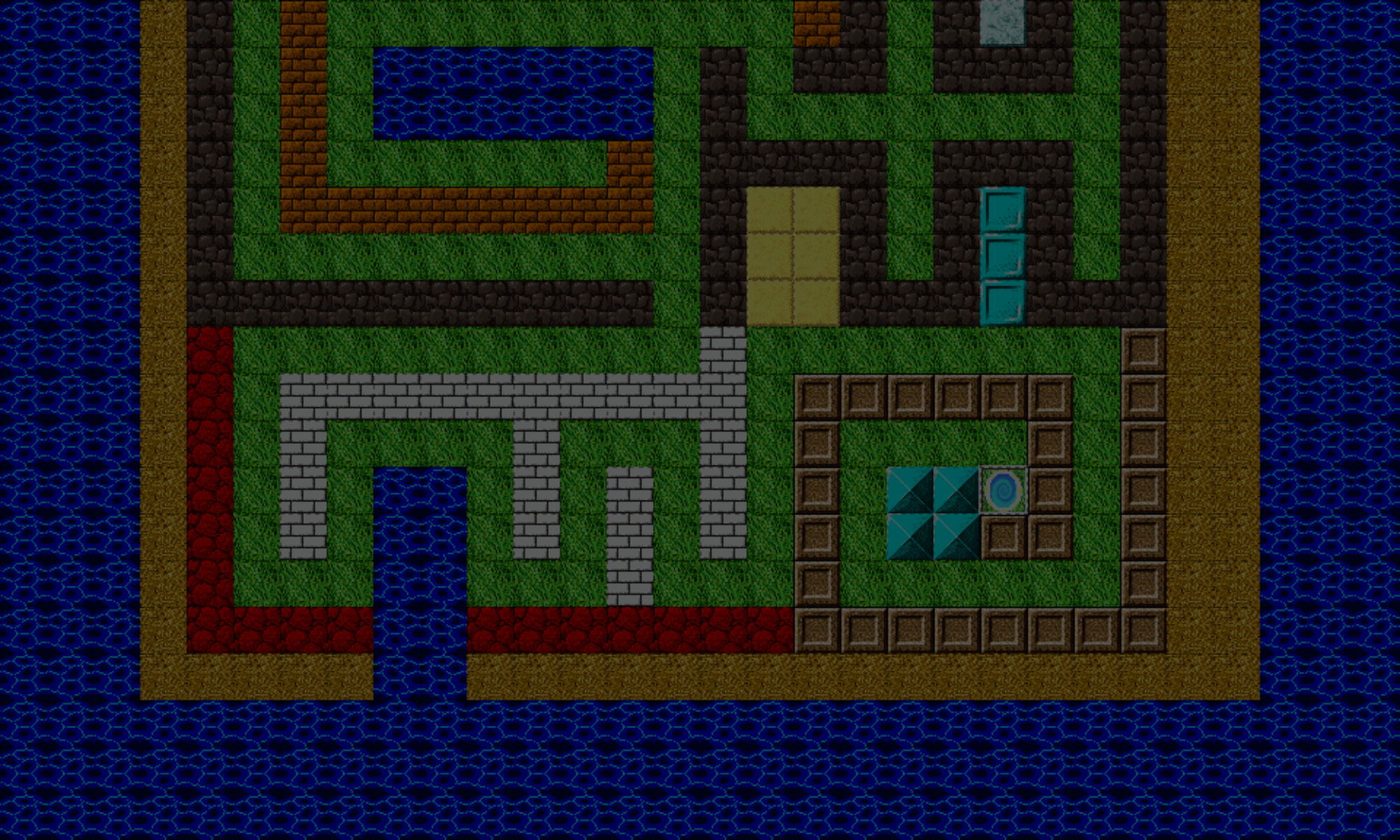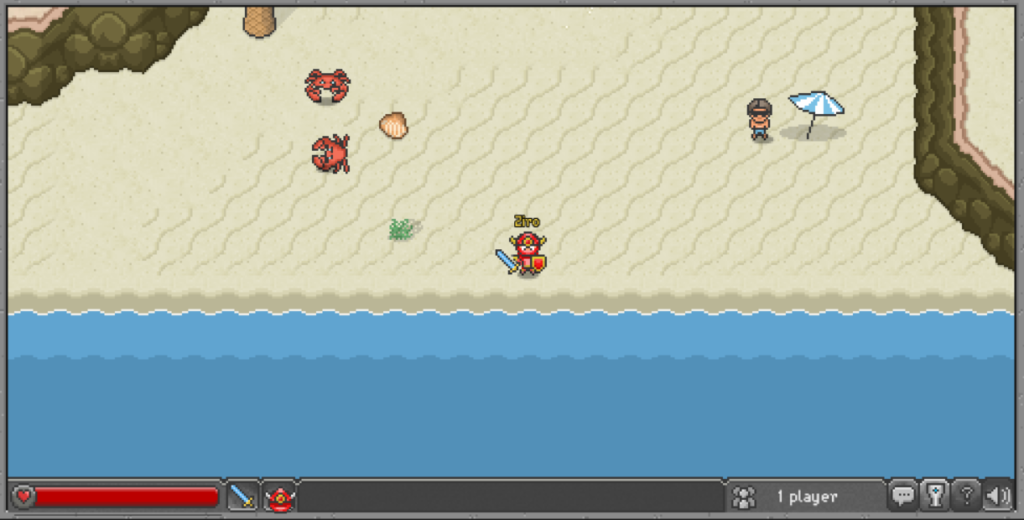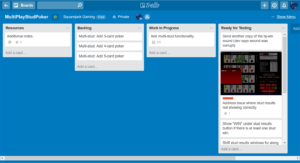Hey there.
I was looking around for how to code a multiplayer game using Phaser. This will be coming much later before the GameplayCoder produces a real time, multiplayer game. Nonetheless, exciting times ahead!
During my search, I found Dynetis Games, a game development studio run by Jérôme Renaux.
Jérôme wrote a tutorial on making a multiplayer game with Phaser, also using Socket.io, Node.js, and the Express module.
Having played around with the tutorial, this looks promising. He also has more advanced topics like communication between the server and clients, interest management, and synchronizing clients. This is all useful material and I’ll definitely be coming back to these.
Jérôme also made a simple RPG, hack-and-slash, multiplayer game called Phaser Quest, which you can play here if you want. The game is 100% free, requires no signup, and it can be completed in about a half hour (or much less, if you’re good).
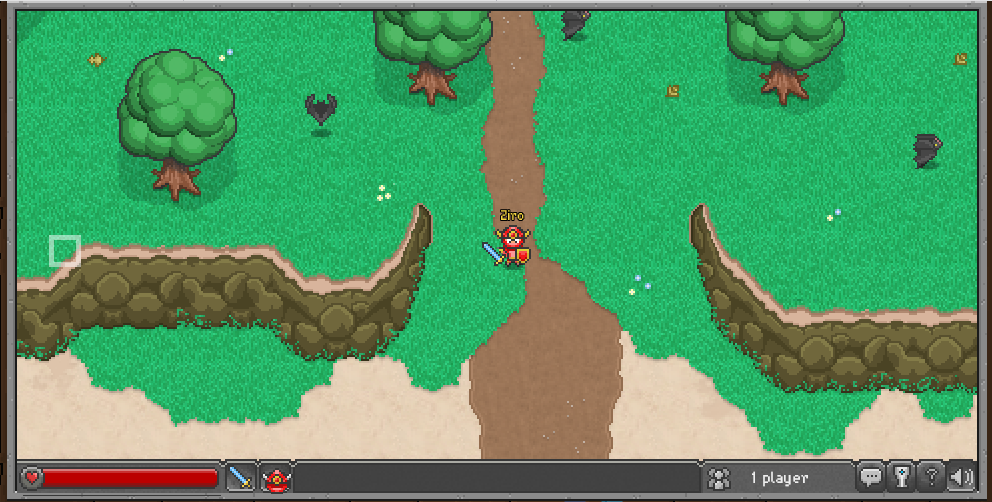
Phaser Quest Forest 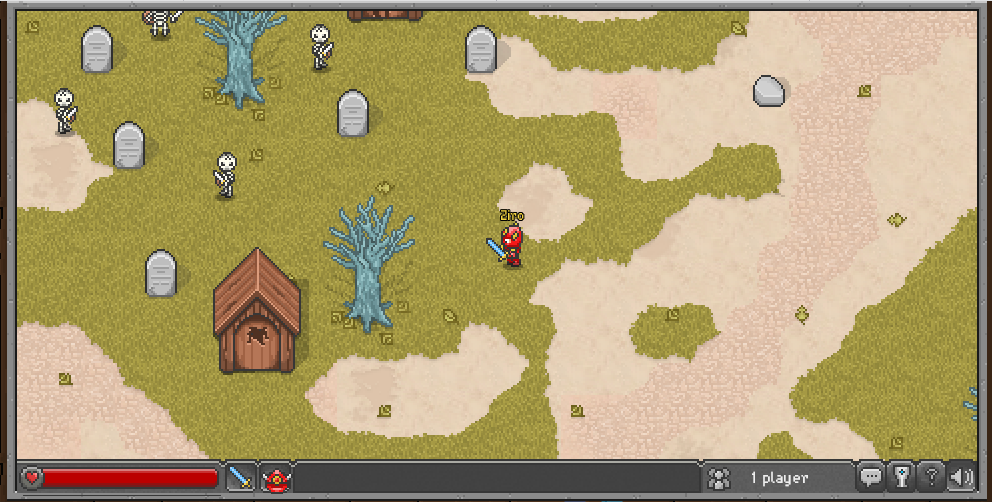
Phaser Quest Graveyard 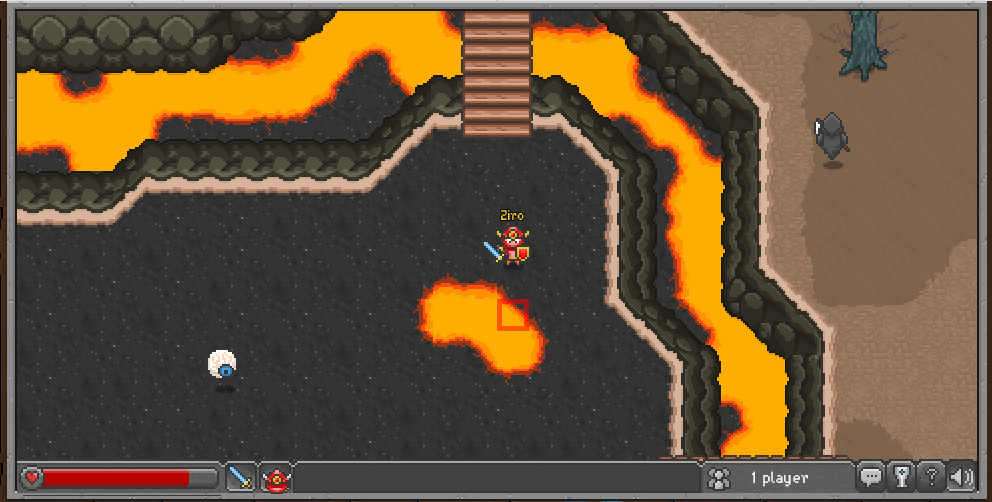
Phaser Quest Death Valley 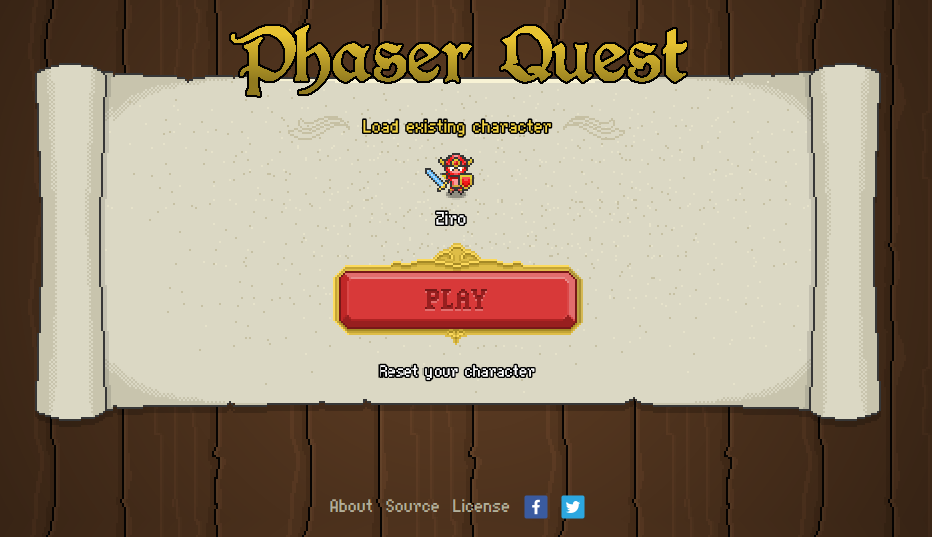
Phaser Quest Intro
He was asking for music contributions for the game. Since I’m a creator of music myself, and I’m pretty good with OpenMPT, a music tracker, and I’ve made music for my own two Flash games, Blast Force and Laser Stryker, I thought I’d take some time to make some music for Phaser Quest.
I decided on making 8-bit-sounding chip tunes, to match the old-school retro look of this pixel art game. Using an NES style format, that is, songs with only five channels: two pulse wave generators, a triangle wave, a noise channel (you know, “PSCHSCHSCSHCSHCH!!”), and a samples channel.
Man, I tell ya, when you’ve only three melodic channels (the two pulse waves and the triangle), that really forces you to be creative. Due to these constraints, creating chords that often use four or more notes, such as major sevenths and minor sevenths, suspended sevenths, and even more challenging with five-note chords like a dominant 9sus4 chord
Here are some examples of the aforementioned chords, all in the key of C:
I’ve identified seven areas in Phaser Quest for which I’d write the songs.
1. Intro
The intro is very short, and friendly tune. This tune is played on the first screen, where you create your character or resume from a previous game. Inspiration came from music I wrote for a previous game coded for a client, Sprinter.
2. Town
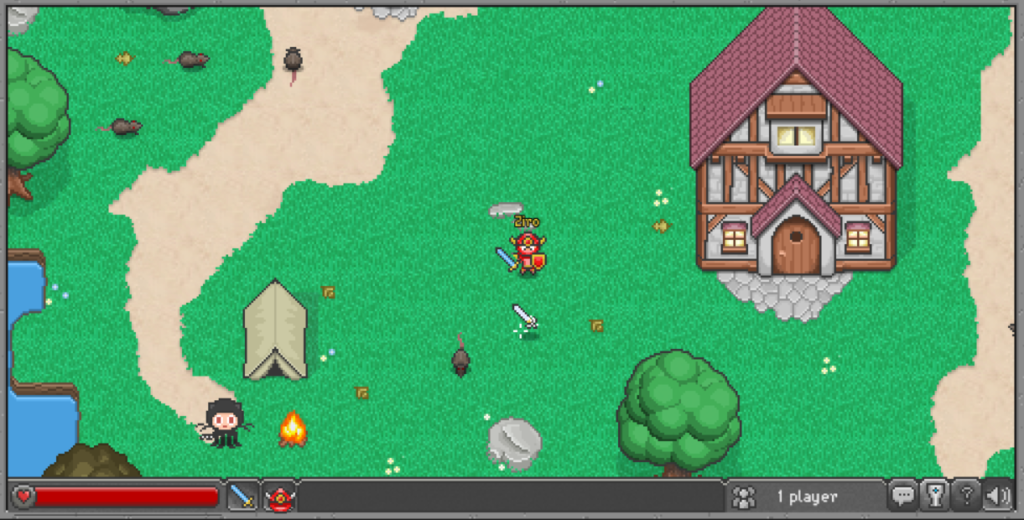
Wanting to do something different than the often serene tunes heard in RPGs (especially those using a medieval theme), this is another friendly tune, but with an upbeat vibe to it.
3. South Shore
4. Forest
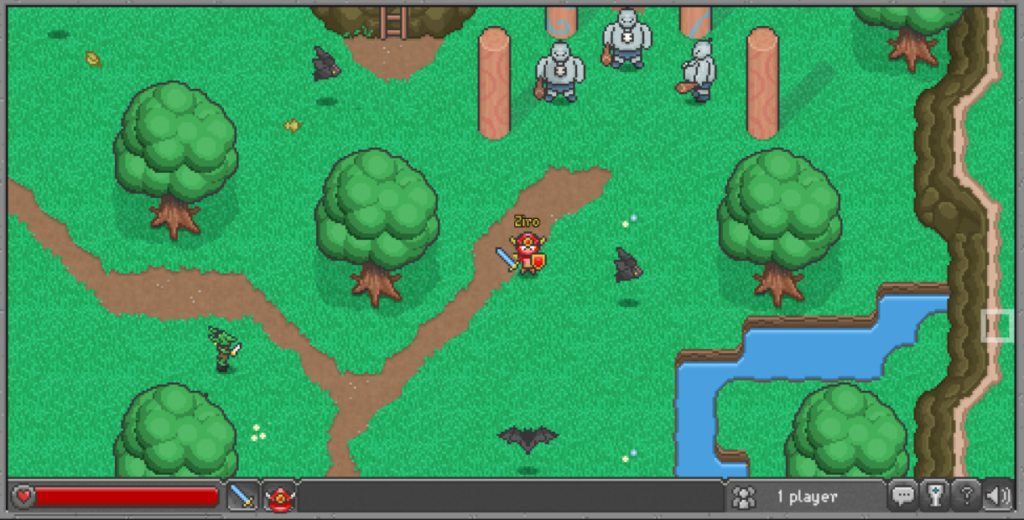
North of the town is the forest. Here you’ll find a slower tune. The main rhythm is short and repeated a few times, each time, it ascends by a minor third, and switching between major and minor tonalities.
5. Desert & Graveyard
These two areas use the same tune, with a moderate speed rhythm. This area, especially the desert, is the first difficult area in the game, in my opinion, because of the ogres and especially, the armored skeletons. Because of these relatively strong monsters and harsh environment, the song has a melancholy feel to it. I got inspiration from this song from Tecmo’s Ninja Gaiden 3 for the Nintendo Entertainment System (NES), stage 2-1 theme.
6. Death Valley
This place reminded me of the music used in Acclaim’s Ironsword, Wizards & Warriors 2, fire elemental. I really like the part that starts 17 seconds into the tune. I liked it so much, that I used that segment and built an entire song around it, using it as the bridge of the song. The first half builds up to it using rather quirky chord patterns and a melodic riff to go along. There are even some influences of jazz in this tune as well. 😎
7. Skeleton King’s Chamber
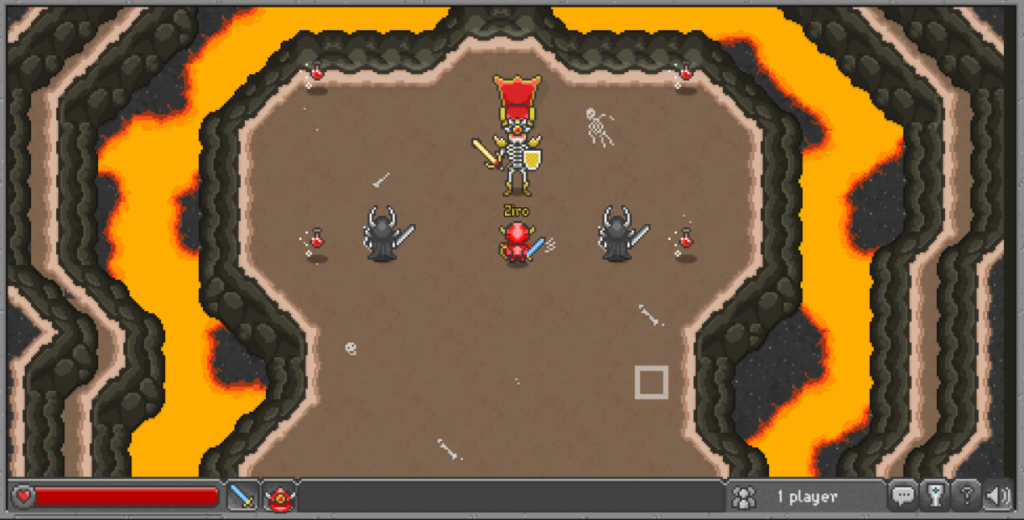
The final area of the game reminds me of the River of Flame from Diablo II.
I got inspiration to make this “dark epic” tune from level 28 of Doom 2. I also added in some other ominous-sound elements. But to balance out all this gloom and doom, I also got inspiration from the escape theme of Metroid, which in my opinion, is a back-and-forth between urgency and heroism (you just defeated Mother Brain, after all). The tune finishes with a really twisted composition – I figured why not get a little crazy here.
So, those are the songs I contributed to Phaser Quests’s cause. Once the has been updated with all the songs, I’ll let you guys know.
In the meantime, give these tunes a listen and let me know what you think!
Thanks, and talk to you soon.
– C. out.
